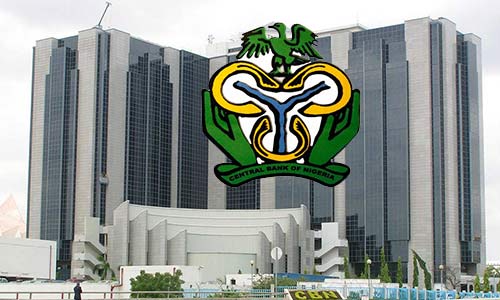SECTOR INSIGHT 06/06/2022
Nigeria Tops 20 Countries In Electricity Access Deficit

The pathetic state of the country’s power sector has for the umpteenth time becomes an embarrassment with its classification as tops of a 20-country list capturing countries with the largest ‘Electricity Access Deficit’ in the world.
The position was contained in a World Bank report entitled: “The slowing progress on access to electricity: The energy progress report.”
The report identified Nigeria as top on the ladder of 20 countries with the largest access deficits were home to 76 per cent of the global population living without access to electricity (or 560 million people) in 2020. It noted that most of the top 20 deficit countries are in Sub-Saharan Africa. The largest unserved populations are in Nigeria (92 million people), the Democratic Republic of Congo (72 million), and Ethiopia (56 million).
The report stated that the gains in the electrified population outpaced population growth in Ethiopia between 2010 and 2020; the same cannot be said of the Democratic Republic of Congo and Nigeria, where electrification advances failed to keep pace with population growth.
Meanwhile, Kenya and Uganda made the fastest progress in electrification, with annualised increases of more than three percentage points between 2010 and 2020.
Making reports on electrification patterns across socioeconomic segments, it stated that reversing poverty in its multi-dimensional aspects will depend on improving access to electricity.
“Access deficits are heavily concentrated in vulnerable countries. LDCs faced challenges in accelerating their pace of electrification, with an average access rate of 55 percent in 2020, representing more than half of the global population still without access (or 479 million people).”
“Likewise, countries suffering from fragility, conflict, and violence managed to electrify only 55 percent of their population, leaving 417 million people unserved in 2020,” the report said.
On decentralised renewable energy, the World Bank report stated that the number of people enjoying access to electricity through decentralised renewable energy increased between 2010 and 2019. Those with access to decentralised solutions in Tier 1 or above (Tier 1+)—including solar home systems and mini-grids—more than tripled, rising from 12 million in 2010 to 39 million in 2019 (IRENA 2021).
Off-grid solar markets came under pressure from the COVID-19 pandemic in early 2020. Although the industry has yet to return to preCOVID-19 levels, it has shown overall resilience since the disruptions (GOGLA 2021a).
Under the weight of COVID-19, an additional 90 million connected people in Africa and developing countries in Asia were unable to afford an extended bundle of energy services in 2020.”
Commenting on global trends, the report stated that the share of the world’s population with access to electricity rose from 83 percent in 2010 to 91 percent in 2020, increasing the number of people with access by 1.3 billion globally.
The number without access declined from 1.2 billion people in 2010 to 733 million in 2020. However, the pace of progress in electrification has slowed in recent years because of the increasing complexity of reaching more remote and poorer unserved populations and because of the expected impact of the COVID-19 pandemic.
From 2010 to 2018, 130 million people gained access to electricity each year, on average; that figure fell to 109 million between 2018 and 2020. The annual rate of growth in access was 0.8 percentage points between 2010 and 2018 but fell to 0.5 percentage points in 2018–20.



